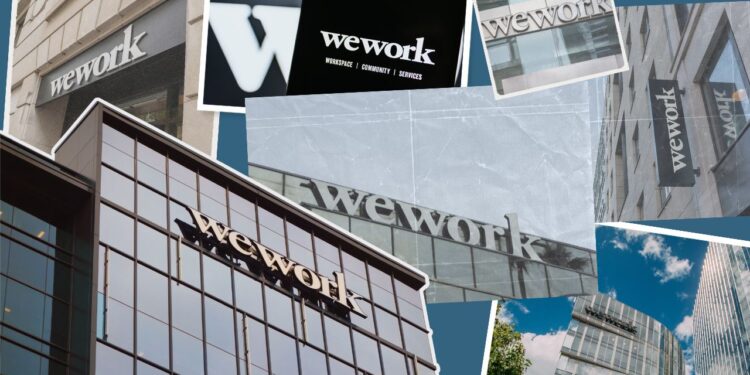- WeWork’s financial restructuring is manageable with cooperative lenders and Softbank’s support.
- Addressing lease liabilities involves U.S. bankruptcy law, which can work if WeWork isn’t overly aggressive.
- Profitability is uncertain without a leader experienced in coworking/serviced office businesses, despite having a credible management team.
Fixing the finances of WeWork is fairly straightforward if the lenders are largely onboard, and with Softbank leading the way, this should not be a problem.
Fixing the unwanted lease liabilities is not quite so straightforward, though U.S. bankruptcy law has a well-understood process that should make it possible providing WeWork is not too aggressive.
The hard part will be turning WeWork into a profitable business, and I am not convinced that all the pieces are yet in place to achieve that. There is a reasonably credible management team in place, credible that is in general corporate terms, supported by a herd of highly paid consultants, but no evidence of a single person with experience of running a successful coworking or serviced office business. This is a major weakness in my view.
Back in the 1960s, American managers believed that if you took an intelligent man (women were not eligible then) and sent him to business school to get an MBA, he could then run any business in any sector because he was now an “expert” manager and management was a freestanding skill, like accountancy or marketing. It took the same skills to run an insurance company as it did a bread company which was, in turn, the same as a gun company.
This belief led to a huge wave of corporate empire building in the formation of hundreds of conglomerate groups lumping together companies that had nothing to do with each other and no obvious synergies — one famous example being RJR Nabisco (a cigarette company merged with a biscuit company). Not surprisingly this strategy of mixing chalk and cheese was not a profitable one, and these companies tended to trade a discount to the value of the sum of their parts.
Private equity firms, sensing the opportunity, subsequently made huge fortunes in the 1970s and 1980s breaking up these groups, separating out the diverse businesses. RJR Nabisco itself was the target of an infamous hostile takeover battle, captured for posterity in the book and film “Barbarians at the Gate” (starring my namesake, Jonathan Pryce, who plays Henry Kravis, the boss of KKR, the winning private equity firm). It was at the time the largest ever hostile takeover ever in the world and remained so for many years afterwards.
All that happened in the late 1980s, and is long enough ago now for the lessons to have been forgotten, except by business school academics like me. But, looking forward, it is clear to me that WeWork has a number of valuable assets, not least its name recognition, and that under the right management it could well succeed — and provide the real rival to IWG that the business world has always lacked. It is equally clear that the financiers, listed by Costar in their recent article on WeWork, and the current managers plus insolvency consultants are not the right team. They still lack any in-depth understanding of the coworking business.
The easiest way to remedy this lack would be to partner with an existing operator or operators — perhaps one for North America and one for Europe would be a good combination. Alternatively, WeWork could assemble its own team of experienced managers from the sector. Unless it does one or the other, WeWork will never fulfill its potential, let alone improve the world’s consciousness.


 Dr. Gleb Tsipursky – The Office Whisperer
Dr. Gleb Tsipursky – The Office Whisperer Nirit Cohen – WorkFutures
Nirit Cohen – WorkFutures Angela Howard – Culture Expert
Angela Howard – Culture Expert Drew Jones – Design & Innovation
Drew Jones – Design & Innovation Jonathan Price – CRE & Flex Expert
Jonathan Price – CRE & Flex Expert












